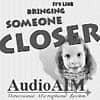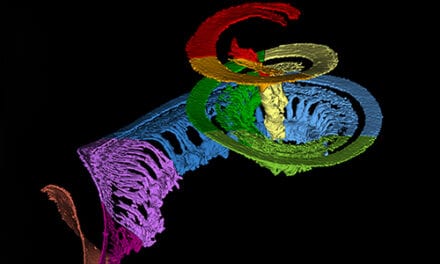
The new VeriPRO microsite, at www.howardleightveripro.com, provides visitors with a tour of the program, including background on the program’s function and development, as well as research and best practices related to VeriPRO usage. A slideshow walks visitors through its program set-up and functionality, and a downloadable brochure provides a handy take-away reference. The Research section features PDFs of studies performed by the Howard Leight Acoustical Laboratory in San Diego, CA, on topics such as "Assessing Fit Effectiveness of Earplugs." The Resource Center provides a direct link for VeriPRO clients to additional program information.
Unlike typical audiometric tests, which measure the softest level at which a listener can hear a tone, VeriPRO utilizes a relative measurement of hearing level. The loudness of a tone in one ear is balanced to a tone in the opposite ear at a known level. This "loudness-balance" method allows an accurate hearing test to be performed with the employee’s own earplugs, with normal background noise levels found in a typical office or worksite–no special sound booth or accommodations are needed.
VeriPRO calculates the amount of attenuation at each frequency in each ear and displays a Personal Attenuation Rating for each ear. VeriPRO reports allow managers to initiate corrective measures, such as individual fit training, and help companies ensure compliance with OSHA standards. Personal Attenuation Ratings will also help Hearing Conservation program managers in transitioning to the EPA’s expected NRR change from a fixed number to a range.
Source: Sperian Hearing Protection




